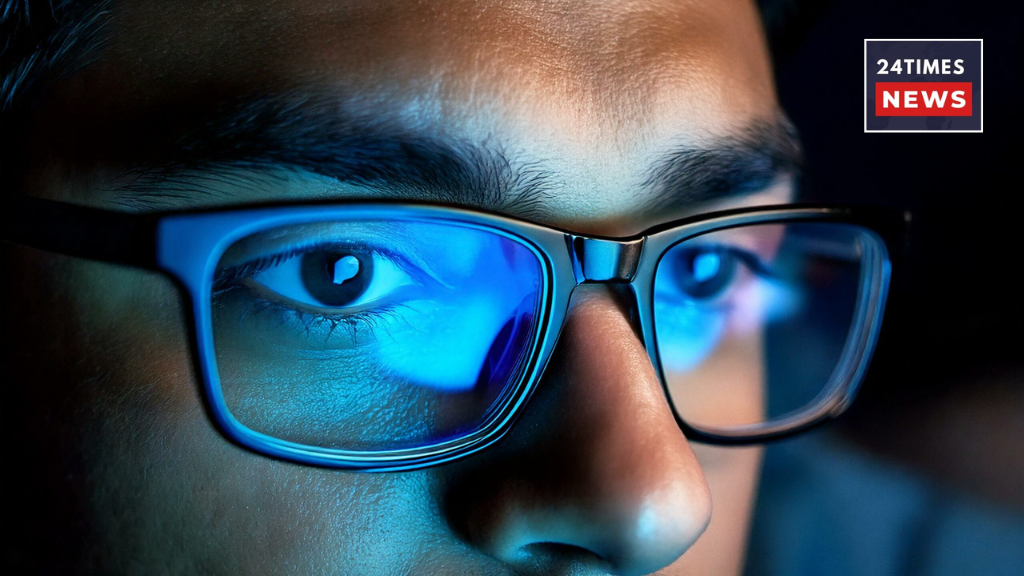What is networking blue light
Most of us spend our days addicted to some kind of electronic device, whether it be a smartphone, tablet, television, or game console.
Most of us spend our days addicted to some kind of electronic device, whether it be a smartphone, tablet, television, or game console. It’s important to understand the ins and outs of blue light before panicking about its detrimental consequences. Let’s get started, then.

High-Energy Blue Light Sources
Blue light is something we are exposed to almost constantly. Although sunlight is the main source of blue light, other sources include TVs, fluorescent and CFL lightbulbs, smartphones, tablets, laptops, and computer monitors.
Because of the close proximity of the screens, the amount of time we spend using them, and the cumulative effect of using them daily, our exposure to blue light from digital devices is especially concerning.
Blue Light
The visible light spectrum, which is what your eye can perceive, includes blue light as an essential component. The energy of blue light is the highest, although its wavelength is the shortest. Additionally, it vibrates between 380 and 500 nanometers. “High-energy visible,” or “blue light,” is the term used to describe nearly one-third of all light that is visible to the human eye. Sunlight is one of the strongest sources of blue light. Sunlight, you read correctly. Smartphones, tablets, laptops, computer displays, flat-screen LED (light-emitting diode) televisions, LED lights, fluorescent light, and compact fluorescent light (CFL) bulbs are other artificial sources of blue light.

Several Health Advantages of Blue Light
Let’s examine some of the benefits of blue light before throwing caution to the wind. First of all, blue light improves mood, increases attentiveness, and enhances memory and cognitive performance. Not bad, isn’t it? Additionally, it aids in the regulation of circadian rhythm, the body’s innate cycle of sleep and wakefulness. Additionally, youngsters need sunlight for healthy eye development and growth. Furthermore, a higher prevalence of myopia or shortsightedness can result from insufficient exposure to blue light. Wait till you read the next section, even if this might sound fantastic.
Negative Impacts of Blue Light
Nearly all visible blue light eventually makes its way through your eyes’ cornea and lens and reaches the retina, where cells transform light so that the brain can process images, because your eye is ineffective at blocking out blue light.
Over time, prolonged, high levels of blue light exposure may harm your retinal cells and result in vision issues, such as age-related macular degeneration. It can also result in eye cancer and cataracts. You now understand why prevention is preferable to treatment.
While extended exposure to blue light from electronic devices, particularly at night, can interfere with sleep, circadian rhythms, and other important elements of your health, it won’t significantly raise your risk of macular degeneration. If this describes you, minimise your use of digital devices at night and speak with your doctor.





